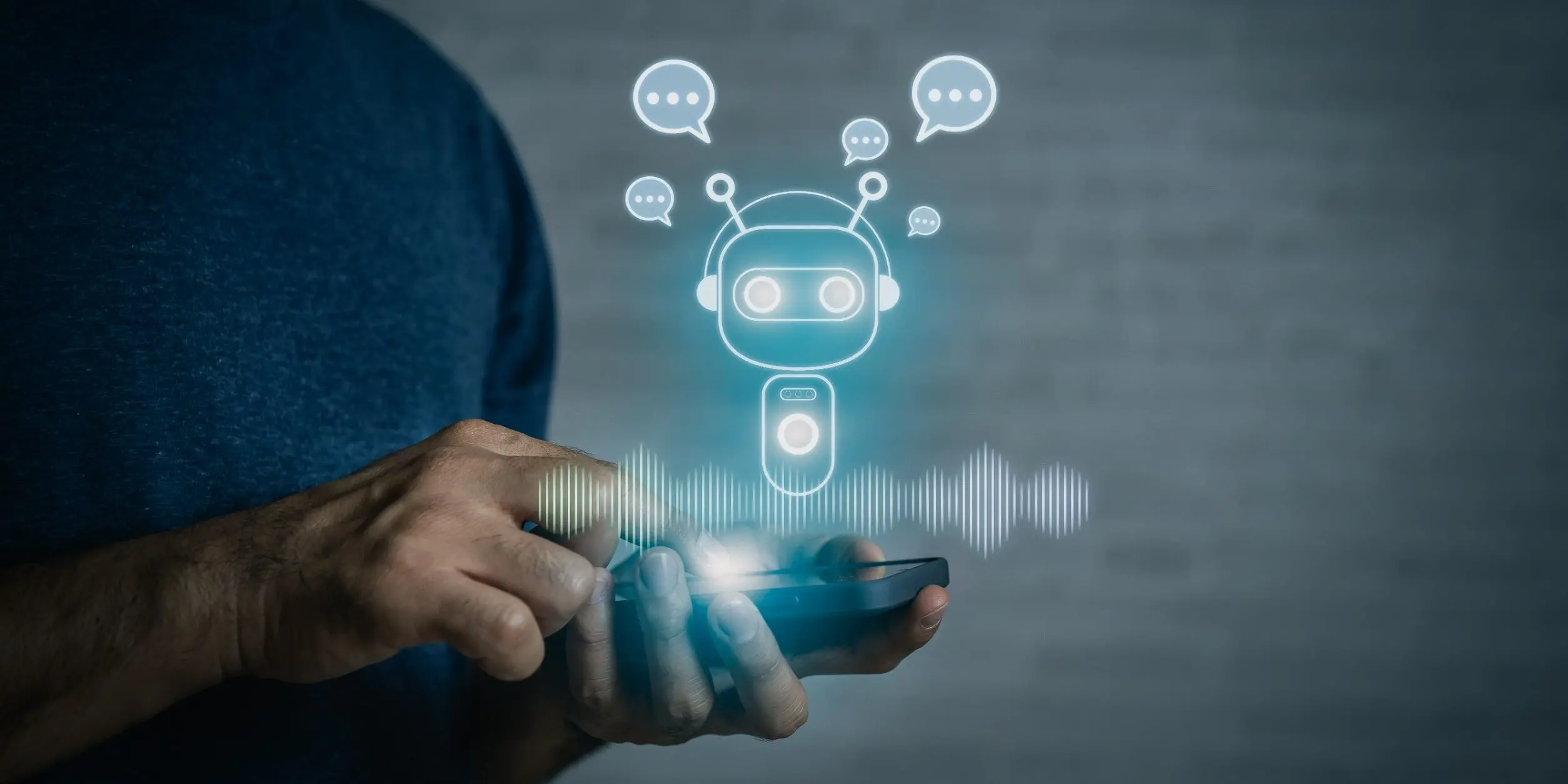In today’s fast-paced, digital-first world, businesses are constantly seeking innovative ways to retain customers. While acquiring new customers is important, retaining existing ones offers a higher ROI and builds long-term brand loyalty. Two of the most powerful tools in this effort are chatbots and customer retention officers (CROs). Together, they create a seamless, efficient, and customer-centric experience.
In this article, we’ll answer some of the most frequently searched questions about chatbots and customer retention officers and how their collaboration can revolutionize your customer service strategy.
What Is the Role of a Chatbot in Customer Service?
Chatbots are AI-powered tools designed to interact with customers in real time through text or voice. They’re programmed to handle routine queries, assist with troubleshooting, and even recommend products or services.
Key Benefits of Chatbots:
- 24/7 Availability: Unlike human agents, chatbots operate around the clock.
- Instant Response: Chatbots eliminate wait times by responding immediately to customer inquiries.
- Cost Efficiency: Automating repetitive tasks reduces operational costs.
- Scalability: Chatbots can handle thousands of conversations simultaneously.
By handling basic queries, chatbots free up customer retention officers to focus on more complex, relationship-building tasks.
Why Are Customer Retention Officers Still Important?
Despite the rise of AI, human expertise remains irreplaceable. Customer retention officers are tasked with building meaningful relationships, understanding customer pain points, and creating personalized strategies to keep clients loyal to a brand.
Key Responsibilities of CROs:
- Resolving Complex Issues: Unlike chatbots, CROs can empathize and think critically to solve nuanced problems.
- Proactive Engagement: They reach out to customers to anticipate needs or offer solutions before issues arise.
- Customer Loyalty Programs: CROs often design and implement retention initiatives, like rewards programs or exclusive offers.
The human touch provided by CROs complements the efficiency of chatbots, ensuring a balanced customer experience.
How Do Chatbots and Customer Retention Officers Work Together?
The synergy between chatbots and CROs lies in their complementary roles. By integrating AI-powered chatbots into a customer retention strategy, businesses can achieve greater efficiency and personalization.
1. Workload Distribution:
Chatbots can answer FAQs, process orders, and provide basic troubleshooting. This saves time for CROs to focus on high-value interactions.
2. Seamless Handoffs:
When chatbots encounter complex issues, they can seamlessly transfer the conversation to a CRO. This ensures that customers don’t have to repeat themselves.
3. Data Sharing:
Chatbots collect valuable customer data—like purchase history, preferences, and common complaints—which CROs can analyze to tailor retention strategies.
4. Personalization:
CROs can use insights gathered by chatbots to create personalized outreach campaigns or resolve issues with a deep understanding of the customer’s journey.
What Are the Benefits of Combining Chatbots and CROs?
- Enhanced Efficiency: Chatbots reduce the workload on CROs, allowing them to focus on tasks that require human intervention.
- Improved Customer Experience: Customers enjoy fast, 24/7 support with the reassurance of human help when needed.
- Cost Saving: Automation reduces staffing costs without sacrificing service quality.
- Higher Retention Rates: Proactive engagement from CROs, supported by chatbot insights, strengthens customer relationships.
How Can Businesses Implement This Collaboration Successfully?
To maximize the effectiveness of chatbots and CROs, follow these steps:
1. Choose the Right Chatbot Platform:
Invest in an AI-powered chatbot with advanced capabilities like natural language processing (NLP) and machine learning.
2. Train Your CROs:
Equip retention officers with the tools and knowledge to work seamlessly with AI systems.
3. Monitor Performance:
Use metrics like response time, customer satisfaction, and retention rates to evaluate the collaboration’s success.
4. Gather Feedback:
Continuously improve by collecting customer feedback about their chatbot and CRO experiences.
5. Focus on Personalization:
Use data from chatbot interactions to craft highly tailored customer retention strategies.
What Are Examples of Successful Chatbot and CRO Collaborations?
1. E-Commerce Brands:
Chatbots handle order tracking and FAQs, while CROs assist with refunds, complaints, or loyalty program recommendations.
2. Banking Services:
AI chatbots manage balance inquiries and transactions, while CROs address complex financial advice or loan discussions.
3. Travel Companies:
Chatbots assist with booking changes and flight information, leaving CROs to handle emergency requests or VIP client needs.
What Does the Future Hold for Chatbots and CROs?
The future of customer service is a blend of AI and human expertise. Advancements in chatbot technology—like emotional AI—will further enhance their ability to understand and respond to customers empathetically. Meanwhile, CROs will continue to play a critical role in fostering loyalty and trust.
The collaboration between chatbots and customer retention officers is a game-changer for modern businesses. By combining the efficiency of AI with the empathy and expertise of human agents, companies can create exceptional customer experiences that drive loyalty and long-term growth.

